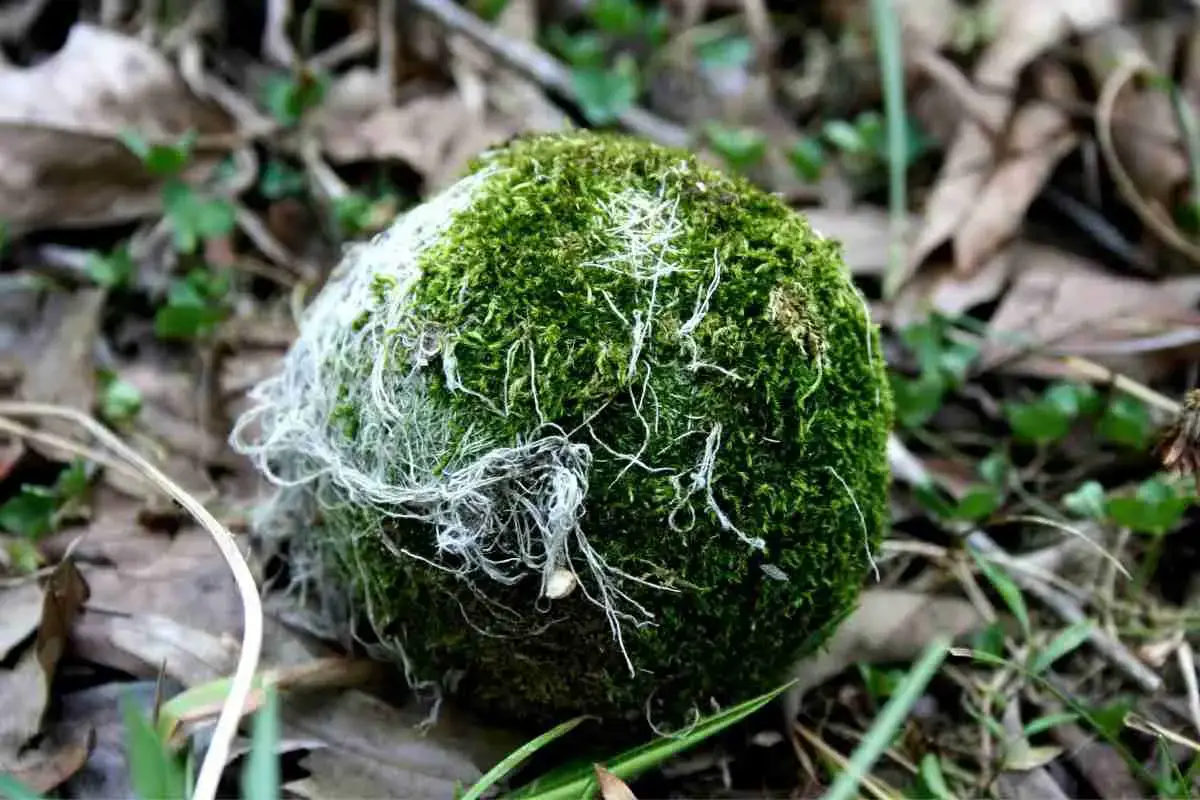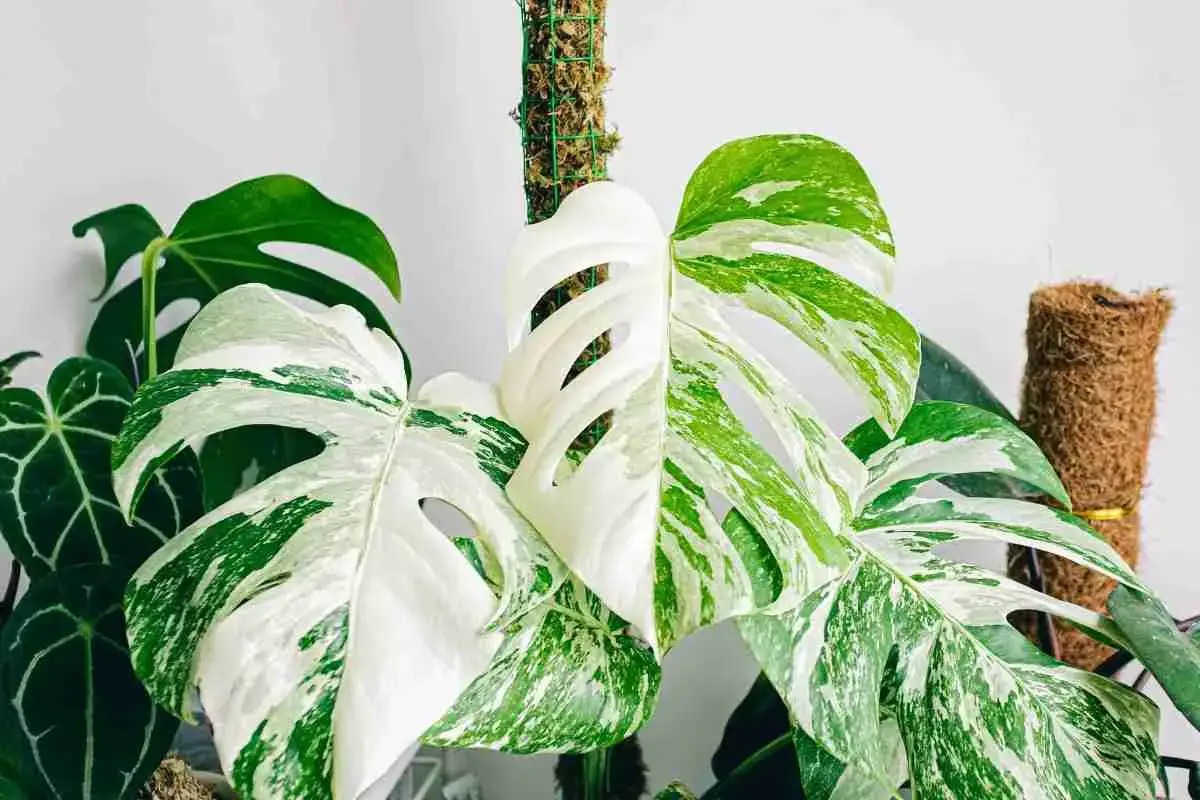
8 Unique And Creative Moss Pole Alternatives
Read more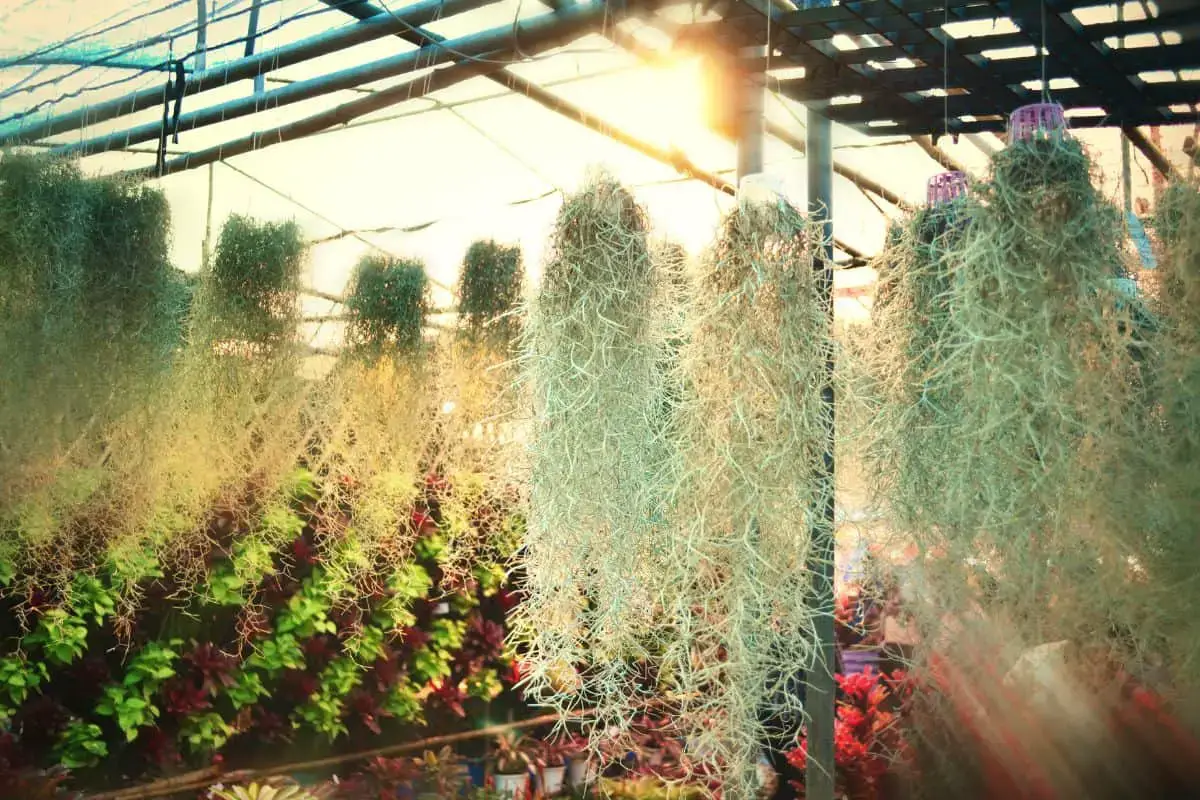
Is Your Spanish Moss Turning Brown? Here’s Why!
Read more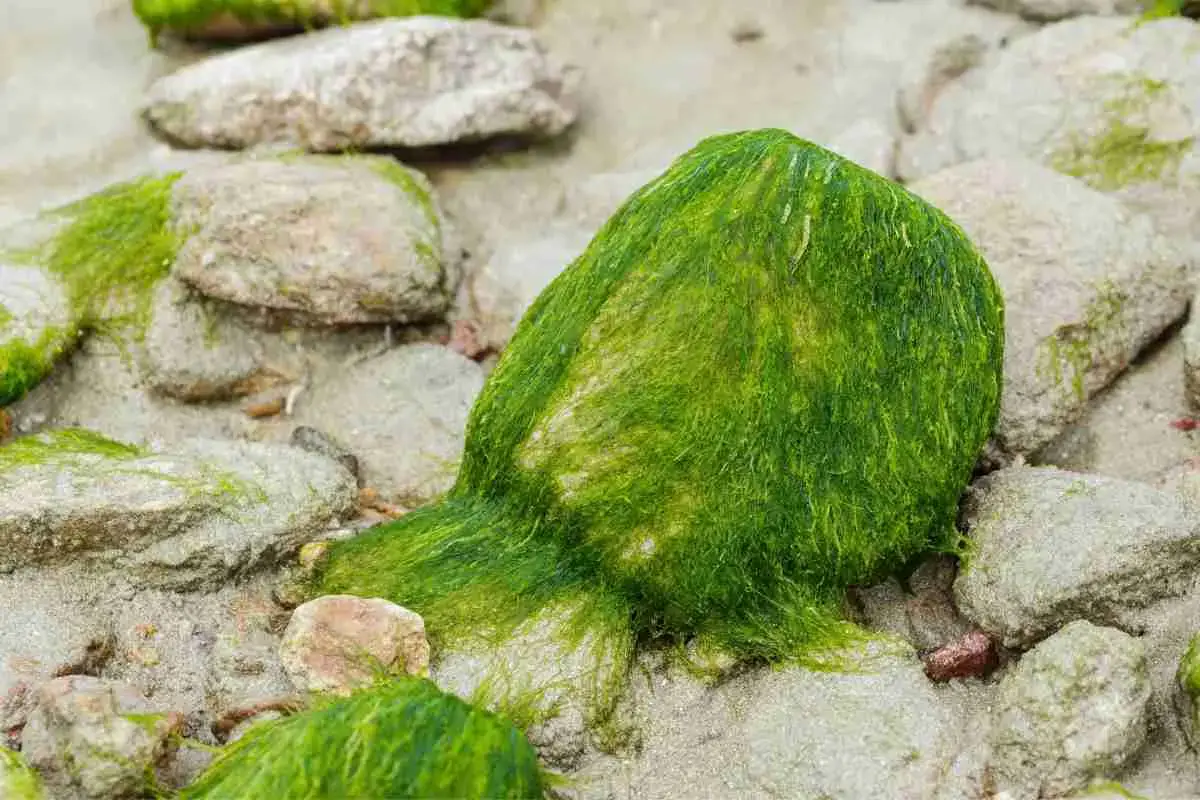
2 Methods For Growing Algae On Rocks!
Read more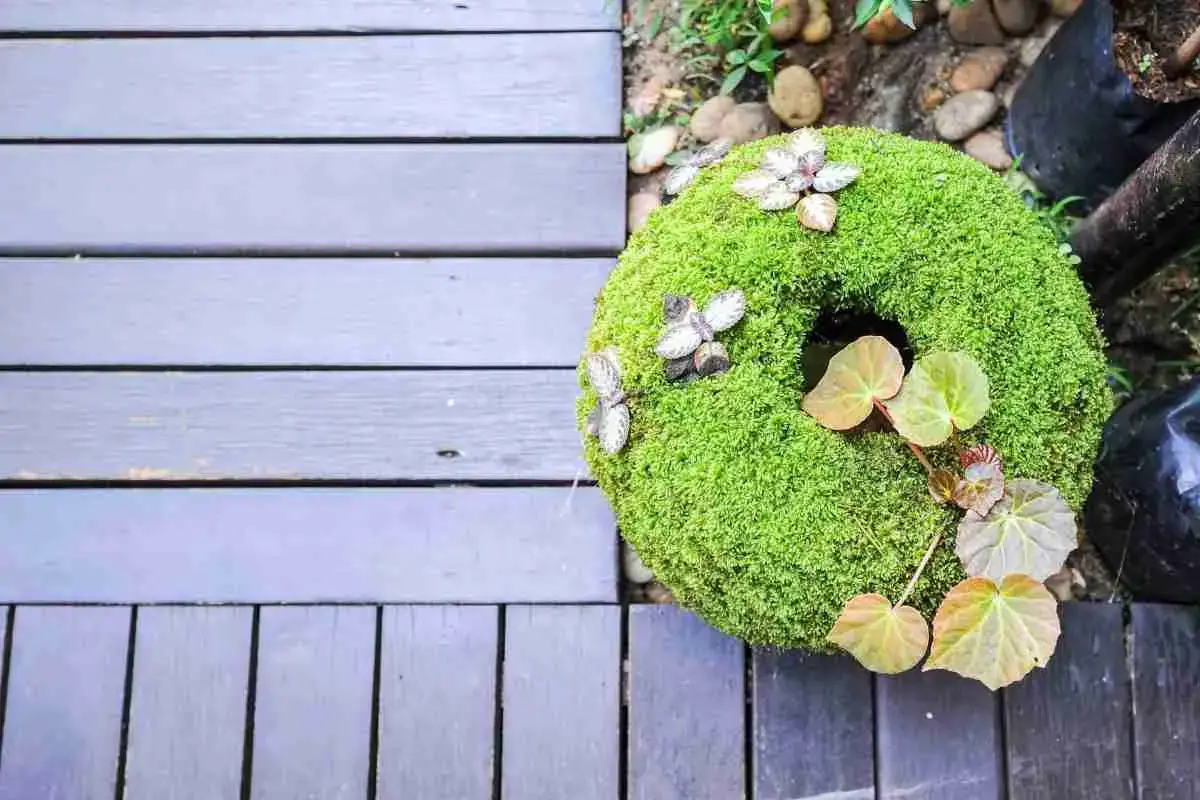
Decorative Moss For Potted Plants: Live & Preserved
Read more
Does Algae Need Sunlight? The Surprising Truth!
Read more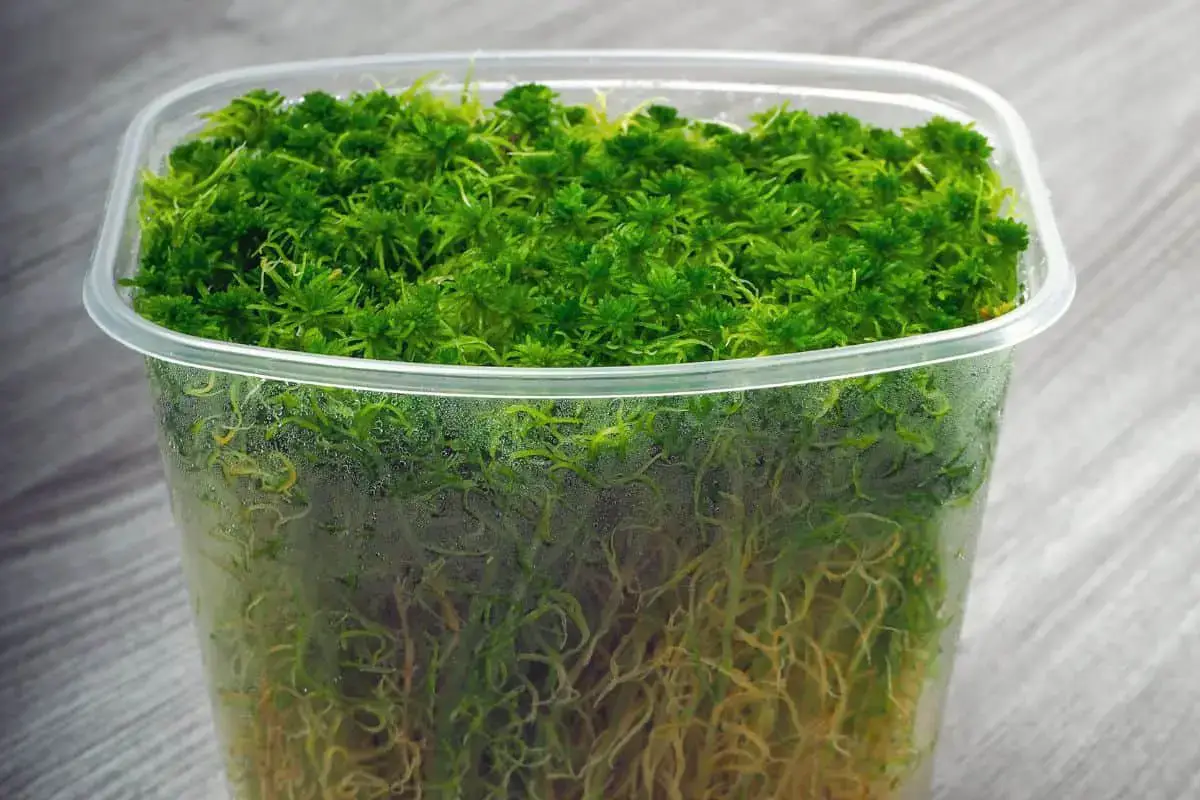
Can Sphagnum Moss Grow Underwater?
Read more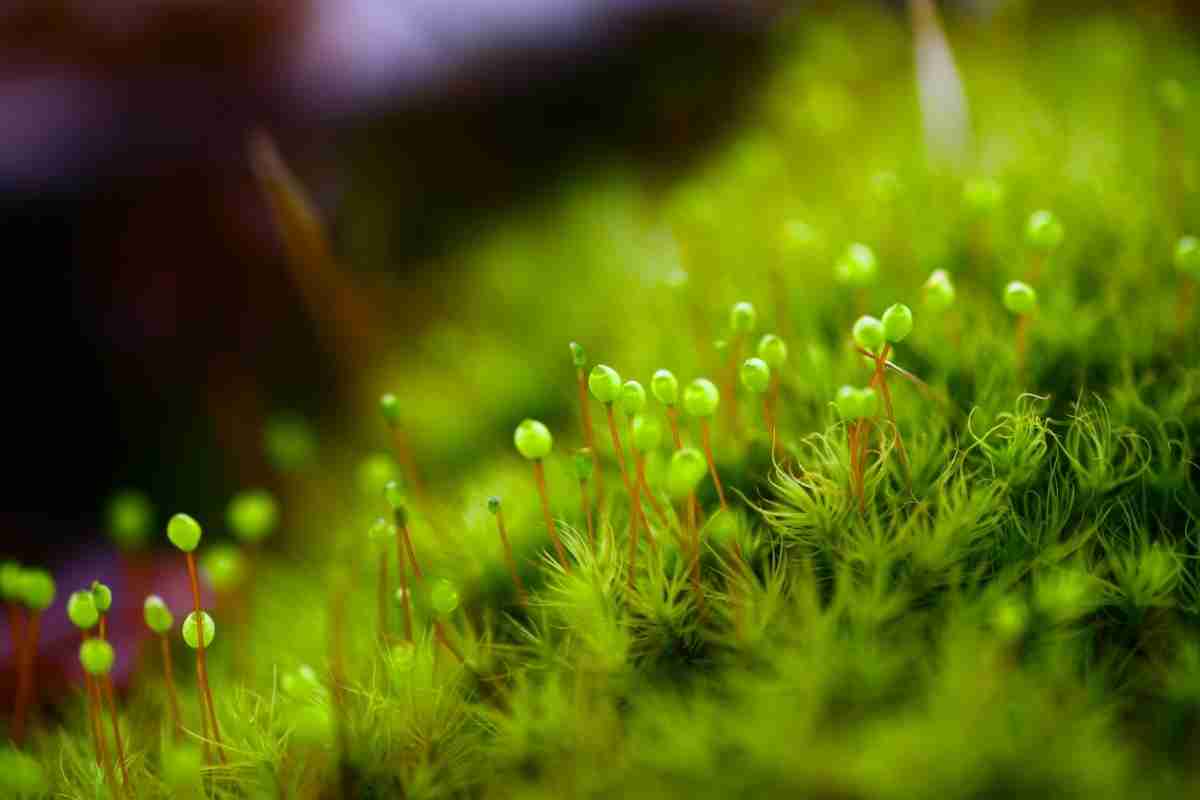
How Does Moss Reproduce? (Asexually And Sexually)
Read more
7 Peat Moss Spreaders: Perfect To Use On Lawns
Read more
How to age terracotta pots with moss
Read more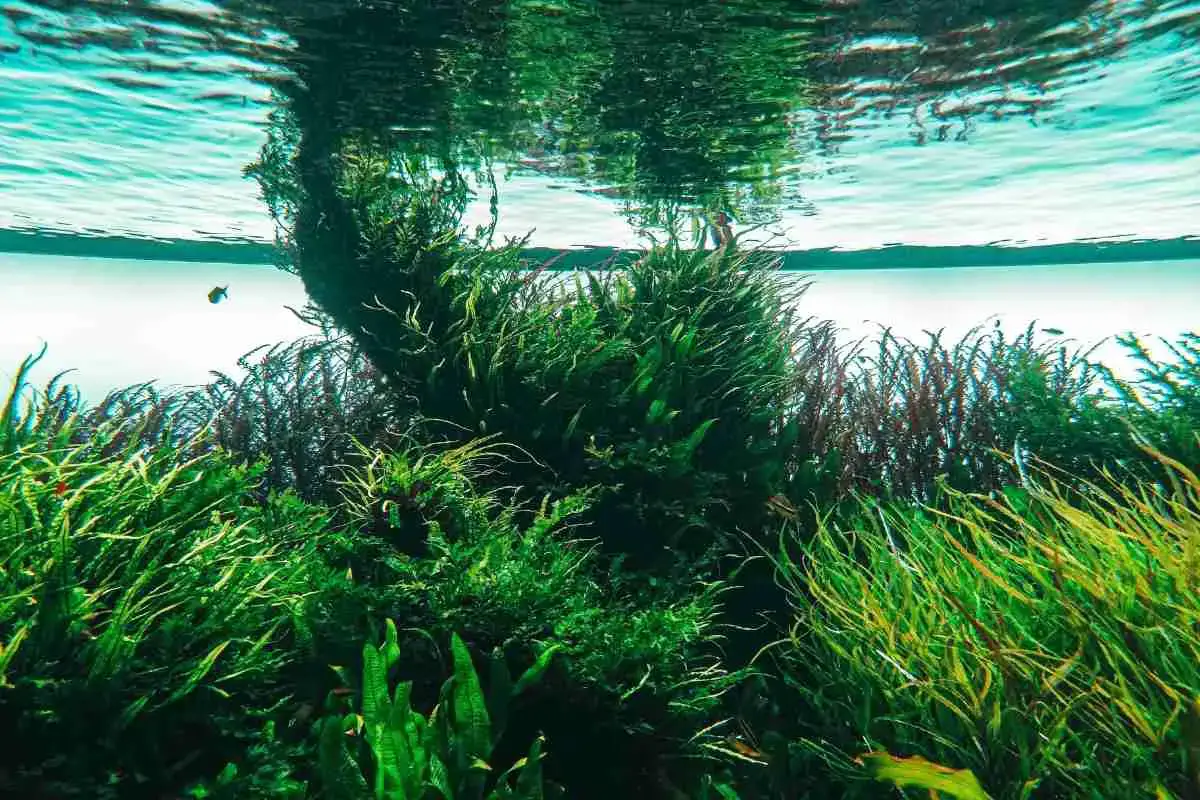
Is Algae A Decomposer? The Surprising Truth!
Read more
Does Sphagnum Moss Mold? Causes & Prevention
Read more